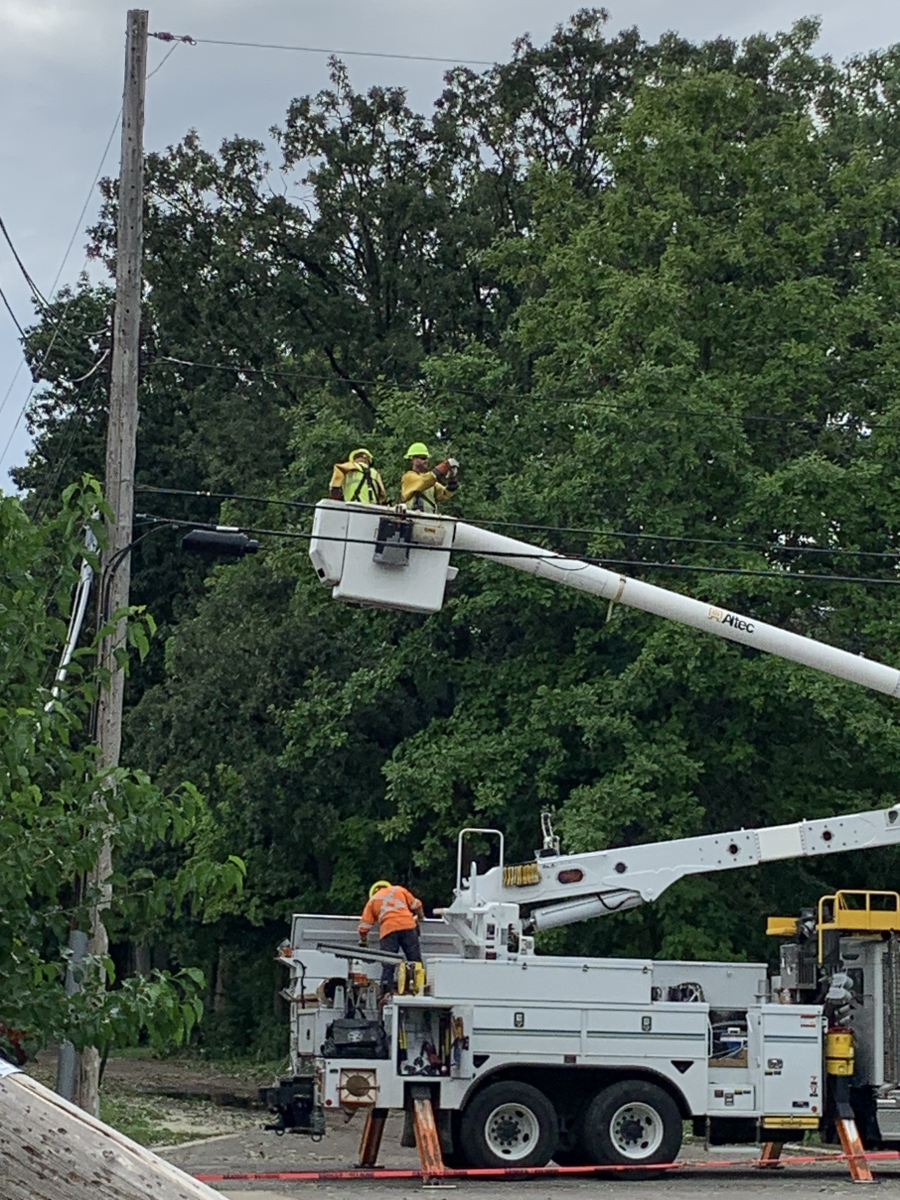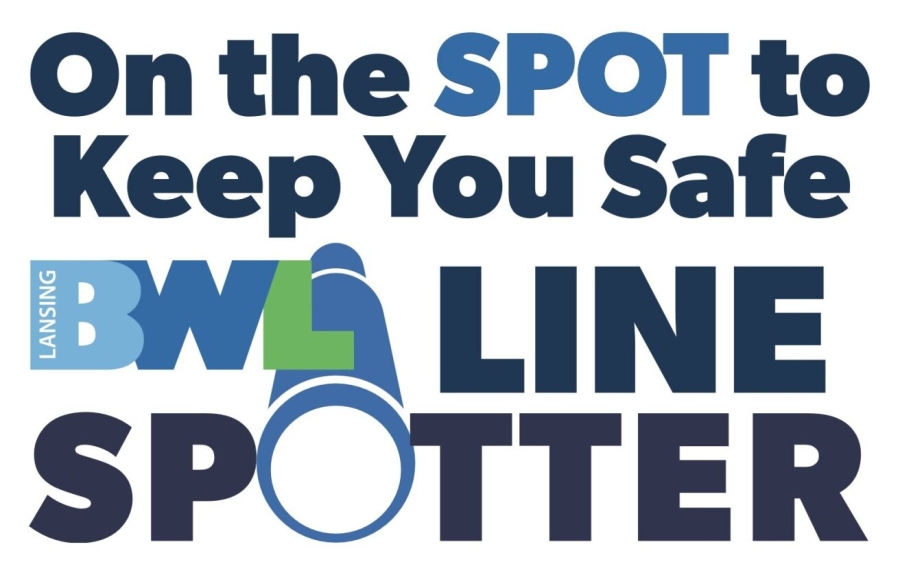The BWL is always looking ahead to be prepared for any kind of emergency that comes to the greater Lansing region. Restoring your utilities quickly and safely is one of our top priorities. If you want to learn more about how you and your family can prepare for emergencies visit our, community emergencies page.
Emergency Efforts
Mitigation
At BWL we try to stay on top of emergencies and alleviate them before they happen. Through actions like vegetation management, we're able to reduce potential risk and possibly prevent crises.
Trimming trees is another way to prevent power outages, which can bring down power lines during strong winds. Our tree trimming program has reduced the number of tree-involved incidents within our service area. If you’re planning to trim trees near any power lines, we urge you to consult a professional tree-trimming service. Pole-to-pole overhead power lines carry high-voltage electricity that can seriously or fatally injure you.
Learn more about Tree Trimming
Preparedness
National Incident Management System (NIMS)/Incident Command System (ICS)
BWL’s commitment to its employees and the community does not stop with just providing utility services. We must maintain a culture of preparedness and operational resiliency to achieve our underlying and primary objective to plan for, develop, and maintain prepared, robust and resilient utility assets (people, equipment and infrastructure) and be at the ready to provide our customers with safe and reliable utility services. For this reason, BWL’s emergency management and business continuity plans are created as part of a comprehensive effort to align with the National Incident Management System (NIMS) framework of mitigation and preparedness efforts, incident response, operational continuity, emergency management, disaster resilience, risk reduction and business recovery. Additionally, BWL utilizes the NIMS Incident Command System when responding to emergency situations.
Emergency Operational Base Plan Suite
The BWL Policy on Emergency Management and Business Continuity ensures BWL has a suite of emergency management and business continuity plans. The BWL All Hazard Emergency Operational Base Plan defines the roles, responsibilities and actions necessary to provide a coordinated response to a disruption or possible disruption in utility production, transmission, distribution or business services within the BWL organization or customer service area. An "All-Hazard" incident is any natural or man-made incident, civil disturbance or any other occurrence of unusual or severe nature that threatens to cause or causes the loss of life or injury to citizens and/or severe damage to property. An all-hazard approach to emergency management is an integrated approach that focuses on resources and capabilities critical for a response to a full spectrum of emergencies, events or disasters.
Dam Inundation Maps
Living along two river systems means planning for unique emergencies. Even though dam failures are unlikely, the BWL nonetheless had a dam failure analysis prepared and for our customers’ awareness the inundation maps from the study may be found here on our website. The inundation maps are predictions based on modeling and actual events could be different than depicted on the maps. Click here to view them now.
Local Resources
Your safety is our top priority. We work closely with federal, state and local agencies to assure we're working within all regulatory requirements. Visit the links below for more information about local efforts to prepare our community in case of emergency:
- Do 1 Thing: Small steps toward being prepared for an emergency
- State of Michigan: Michigan State Police Emergency Management & Homeland Security
- Ingham County Sheriff: Office of Homeland Security and Emergency Management
- City of Lansing: Emergency Management
- Delhi Charter Township: Emergency Management
- Delta Township: Emergency Management
- City of East Lansing: Emergency Alerts & Preparedness
Response
The response stage consists of actions taken to save lives and prevent further property and or environmental damage in an emergency. Response is putting the plans, training and developed processes into action. Our emergency team and operational crews work tirelessly to maintain situational awareness of any natural, man-made or technological hazard that may impact the BWL. Once identified, appropriate response plans are implemented, notifications made and crews deployed to assess damages and begin restoration efforts. When necessary, emergency contracts and mutual aid agreements are activated to draw on additional external resources.

Determining Priority
Recognizing that expeditious restoration of our customers utility service is our mission, our top priority is safety. After which, restoration efforts focus first on restoring power to utility production facilities, then hospitals, nursing care facilities, police and fire stations, radio and television stations and sanitary pumping facilities. We then focus on restoring power to the remaining households and businesses, starting with electrical circuits where the largest numbers of customers are without power.
Spotters
During a storm or in the instance of a downed wire, we will have employees spot wires or sit in their trucks protecting the wires that may be live. Their sole purpose is to keep the public away from the wires in order to keep everyone safe. Trucks used for spotting may have signs like the one on the right.

Recovery
Recovery includes the actions taken to move a community toward recovering from the emergency situation. Specific tasks during this stage include accounting for and replenishing used materials, addressing financial assistance needs and gathering information to perform a thorough review of the BWL response.
